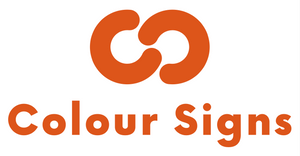When it comes to printing, choosing the right paper type can make a big difference in the quality of your final product. From glossy cover stocks to matte finishes, there are many options to choose from. Understanding which paper type is best suited for different types of printing projects can help ensure your materials look professional and polished. Here’s a guide on how to choose the best paper type for printing.
Weight & Thickness
The weight and thickness of the paper you choose should be based on what kind of project you’re working on. For instance, if you’re creating a brochure or flyer that needs to be mailed, then it’s important to pick a lightweight option like 130gsm. paper or thinner so that you don’t incur extra postage costs. On the other hand, if you’re looking for something that will stand out and make an impression, then thicker papers like 200-250gsm cardstock might be just what you need.
Surface Finish
Another important factor when selecting paper is surface finish. Different types of finishes offer different levels of durability and texture on printed materials. Glossy finish papers are great for giving images and photographs more vibrancy and clarity while matte finishes are better at reducing glare from light sources such as overhead lighting fixtures or sunlight coming through windows. If your project requires any special embossing or foil stamping services, then it's important to select a specialty finish that will be able to accommodate those services without causing any damage to the finished product.
Paper Color
The color of your paper can also have an impact on how your printed material looks when it's completed. White is often considered the most versatile color because it pairs well with any kind of design but certain shades like cream or off-white can also add a unique touch depending on what effect you're trying to create with your printed material. Additionally, colored papers can add a dramatic effect when used in place of white but they should only be used sparingly as too much color can make designs look overwhelming or cluttered.
Conclusion:
Choosing the right type of paper for printing projects is an important decision that should not be taken lightly as it can have an impact on both the quality and cost efficiency of your finished product. By taking into consideration factors such as weight and thickness, surface finish, and color prior to making your selection you'll be able to ensure that whatever project you're working on looks its best upon completion! With these tips in mind, now all you have left is deciding which type is best suited for your needs! Good luck!

